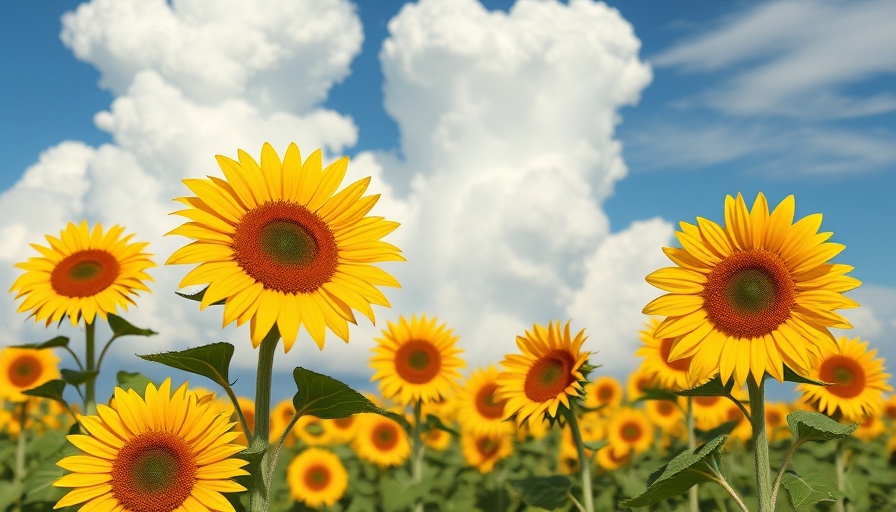
The Complicated World of AI Art
As technology surges ahead, the evolving landscape of AI in art is causing a seismic shift that many are struggling to navigate. Recently, OpenAI's new image generation model has harnessed the iconic style of Studio Ghibli, creating waves of outrage within the creative community. It’s not just that AI can replicate the pleasing aesthetics of beloved animations; it’s the ethical implications behind AI's capability to imitate artistic styles that come under scrutiny. When artwork becomes a product of algorithms, we must ask ourselves—what does this mean for the original artists?
Why Studio Ghibli Matters
Founded by legendary animator Hayao Miyazaki, Studio Ghibli is synonymous with a unique blend of storytelling and artistry that has enchanted audiences for decades. Recognizing Ghibli's approach is crucial to understanding why the recent developments feel particularly disheartening. Miyazaki, an outspoken critic of AI's intrusion into art, maintains that art should remain a deeply human endeavor, embodying emotions and experiences that machines cannot replicate. The AI effort to mimic this creativity represents a direct affront to artists who strive to convey a specific narrative through their work.
The Backlash Against AI-generated Ghibli Art
The backlash has been swift and loud, echoing across social media channels as fans of both Ghibli and art in general are taking a stand. Many argue, as journalist Gareth Watkins put it, that creating art via AI is akin to “the new aesthetics of fascism,” highlighting concerns about ownership, creativity, and the commodification of artistic expression. When companies like OpenAI prioritize technological advancement without considering the impact on artisanal creators, it begs the question: who is truly benefiting from this digital revolution?
Understanding the Ethics Behind AI Art
At the core of this controversy lies a tangled web of ethical inquiries. AI-generated images may violate copyright and legality; they often lack the necessary acknowledgment of original sources, raising questions of fairness. With copyright laws struggling to keep pace with technological innovation, the lines distinguishing artistry become increasingly blurred. Prominent creators urge consumers to reconsider their role in implicating the ownership of cultural aesthetics when they share or create AI-generated images.
The Role of Consumers in Shaping AI Practices
Whenever we share AI-generated content, we inadvertently propagate a cycle that can undermine the unique artistry of creators like those at Studio Ghibli. Therefore, it is imperative for readers and consumers to understand the ramifications of their online behavior, and actively choose to advocate for original art forms. By not supporting AI-generated mimicry, we can reaffirm our appreciation for genuine creativity, bolstering the credibility of artists in a digital age inundated with replicas.
Embracing Responsible Technology
As discussions about the implications of AI continue, one must not overlook the potential for positive technological advancements in art. AI can assist artists in enhancing their work, providing tools that facilitate rather than impersonate creativity. When used responsibly, AI can serve as a collaborator rather than a competitor. Progress doesn't have to come at the expense of artistry. It’s all about finding the right balance.
Call to Action: Advocate for Authentic Artistry
As we navigate this transformative technological landscape, it's vital to pause and reflect on our contributions. Let’s promote genuine creative expression by consciously choosing to support original artwork. Advocate for artists’ rights and challenge platforms that allow AI to imitate rather than innovate. Together, we can foster a culture that celebrates and honors human creativity, rather than allowing it to be overshadowed by generative algorithms.
 Add Row
Add Row  Add
Add 




 Add Row
Add Row  Add
Add 

Write A Comment